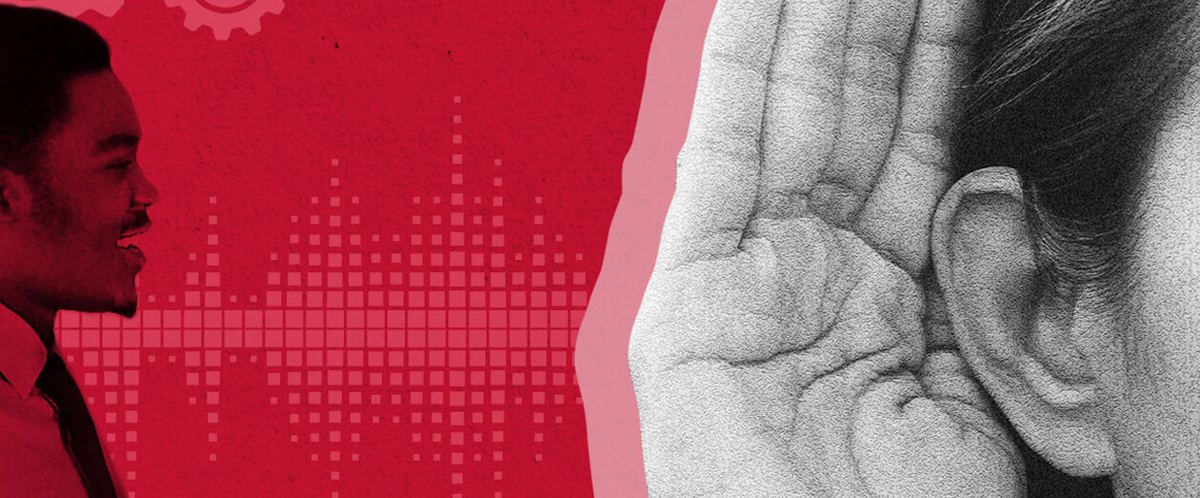Developing a good musical ear is an essential skill for any musician, helping you recognize notes, chords, and rhythms by ear. Whether you’re a beginner or an advanced musician, consistent ear training will enhance your ability to play, compose, and understand music more intuitively. With the right techniques and tools, improving your ear training skills can become a structured and rewarding part of your practice routine.
Key Techniques for Better Ear Training
Improving your ear training starts with learning how to recognize intervals—the distance between two notes. Start by familiarizing yourself with common intervals like minor seconds, major thirds, and perfect fifths. Interval training helps you identify the basic building blocks of melodies and harmonies, and once you are comfortable with smaller intervals, you can move on to more complex ones like major sevenths and octaves.
Another vital technique is chord identification. Being able to recognize whether a chord is major, minor, diminished, or augmented will enhance your ability to decode harmonic progressions in any piece of music. Start by listening to simple chords and gradually work your way to more complex chord structures like seventh chords or suspended chords.
Practicing rhythm is just as important. Focus on understanding different time signatures and rhythmic patterns by clapping along with recordings or using a metronome. Tapping out beats will sharpen your ability to recognize complex rhythms and syncopation, which are key to performing and composing music.

Improving Musical Ear Skills Through Practice
Consistent practice is the foundation of improving your ear. Dedicate a specific time each day to ear training exercises, ensuring gradual progress. Start with simple melodies or rhythms and work your way up to more challenging pieces. A useful method is to listen to a variety of genres, which broadens your exposure to different scales, modes, and musical structures. This variety in listening will help you internalize different musical elements.
Another effective exercise is singing along with intervals and chords. This forces your ear to match the pitch and helps you memorize the sound of different musical patterns. Additionally, transcribing songs by ear is an excellent way to push your limits and build confidence in identifying notes and rhythms.

Using Technology to Boost Ear Training Skills
Today, technology offers many tools to help musicians improve their ear training. Apps and software provide interactive exercises that focus on interval, chord, and rhythm recognition. These tools are great for adding variety to your training and keeping track of your progress.
Popular apps include:
- EarMaster: Known for its comprehensive exercises, from interval identification to advanced rhythm patterns.
- Tenuto: Offers customizable lessons on intervals, chords, and scales.
- Perfect Ear: A highly flexible app that covers all aspects of ear training, including melody and rhythm exercises.
These apps allow you to train anywhere, anytime, and adapt exercises to your skill level, making the learning process engaging and fun.
Improving your ear training skills is a gradual process that requires dedication, patience, and practice. By focusing on key techniques like interval recognition, chord identification, and rhythm training, and by using technology to supplement your practice, you’ll sharpen your musical ear and become a more well-rounded musician. Over time, you’ll gain the ability to recognize musical elements with ease, enhancing both your performance and creative expression.

 Rubi Godin, a music journalist and passionate listener, uses her blog to share her unique take on music’s evolving landscape. Her articles cover everything from mainstream hits to underground beats, always with an ear for authenticity.
Rubi Godin, a music journalist and passionate listener, uses her blog to share her unique take on music’s evolving landscape. Her articles cover everything from mainstream hits to underground beats, always with an ear for authenticity. 